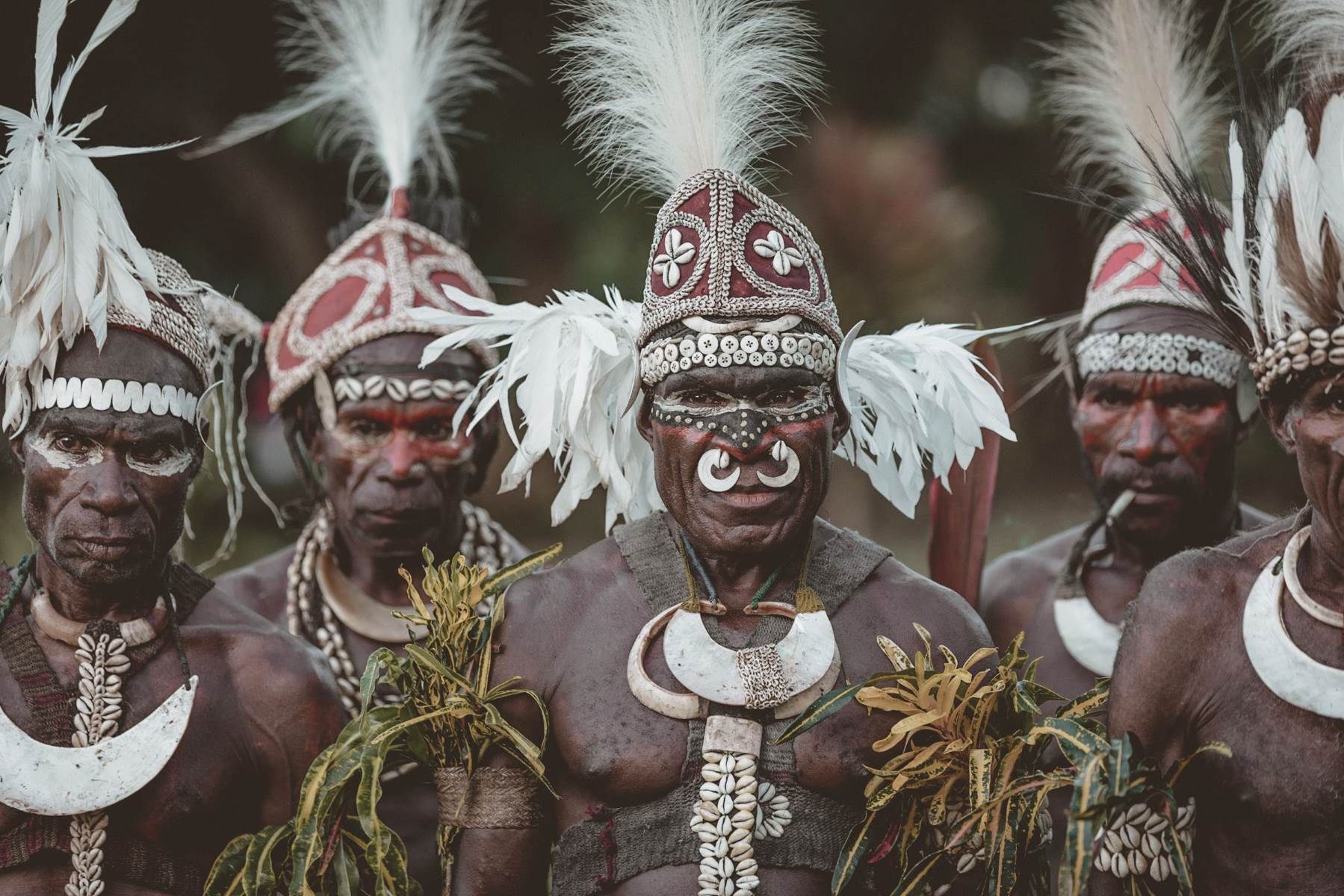Papua New Guinea’s Intriguing Tribes You’ve Never Heard Of

Papua New Guinea is home to some of the most intriguing tribes you’ve never heard of. This island nation boasts over 800 languages and countless unique cultures. Imagine stepping into a world where ancient traditions and modern life blend seamlessly. From the Huli Wigmen, known for their elaborate headdresses, to the Asaro Mudmen, who wear eerie clay masks, each tribe offers a glimpse into a rich cultural tapestry. Visiting these tribes not only provides an unforgettable travel experience but also supports the preservation of their heritage. Ready to learn more about these fascinating communities? Let’s dive in!
Papua New Guinea: A Land of Hidden Cultures
Papua New Guinea is a place where ancient traditions and modern life coexist. This island nation boasts a rich tapestry of tribes, each with its own unique customs, languages, and ways of life. Let's take a closer look at some of the most intriguing tribes you might not have heard of.
The Huli Wigmen
The Huli Wigmen are known for their elaborate wigs made from their own hair. These wigs are not just fashion statements but symbols of status and identity.
- Huli Wigmen: Found in the Southern Highlands, the Huli Wigmen paint their faces in bright colors and wear wigs adorned with feathers. Their traditional dances and ceremonies are mesmerizing.
The Asaro Mudmen
The Asaro Mudmen have a unique way of scaring off enemies. They cover themselves in mud and wear eerie clay masks, creating a ghostly appearance.
- Asaro Mudmen: Located in the Eastern Highlands, the Asaro Mudmen's ghostly appearance is both fascinating and terrifying. Their masks and mud-covered bodies are a sight to behold during their traditional performances.
The Chimbu Skeleton Dancers
The Chimbu Skeleton Dancers paint their bodies to resemble skeletons. This practice is part of their cultural rituals and is believed to ward off evil spirits.
- Chimbu Skeleton Dancers: In the Chimbu Province, these dancers paint their bodies with white clay to look like skeletons. Their dances are both eerie and captivating, serving as a form of spiritual protection.
The Trobriand Islanders
The Trobriand Islanders have a unique social structure and are known for their intricate yam exchanges. These exchanges play a crucial role in their society.
- Trobriand Islanders: Found in the Milne Bay Province, the Trobriand Islanders engage in elaborate yam exchanges that symbolize wealth and social status. Their dances and rituals are deeply rooted in their cultural heritage.
The Sepik River Tribes
The Sepik River is home to numerous tribes, each with its own distinct traditions. These tribes are known for their elaborate carvings and spirit houses.
- Sepik River Tribes: Along the Sepik River, tribes like the Iatmul and the Abelam create stunning wood carvings and build spirit houses. These structures are central to their spiritual and social lives.
The Dani People
The Dani people of the Baliem Valley are famous for their unique way of life, including their traditional pig feasts and intricate body decorations.
- Dani People: In the Baliem Valley, the Dani people hold pig feasts that are central to their culture. Their body decorations and traditional attire are a testament to their rich heritage.
The Korowai Tribe
The Korowai tribe lives in treehouses high above the ground. This unique way of living protects them from floods and wild animals.
- Korowai Tribe: Deep in the jungles of Papua New Guinea, the Korowai tribe builds treehouses that can reach up to 40 meters high. Their way of life is a fascinating blend of survival and tradition.
The Baining Fire Dancers
The Baining people are known for their fire dances, where they perform intricate movements over burning coals. This ritual is both a test of endurance and a spiritual practice.
- Baining Fire Dancers: In East New Britain, the Baining people perform fire dances that involve walking over hot coals. This ritual is a powerful display of their spiritual beliefs and physical endurance.
The Gogodala Canoe Builders
The Gogodala people are master canoe builders. Their canoes are not just for transportation but are also central to their cultural identity.
- Gogodala Canoe Builders: In the Western Province, the Gogodala people craft canoes that are works of art. These canoes play a vital role in their daily lives and cultural ceremonies.
The Hewa Tribe
The Hewa tribe lives in one of the most remote areas of Papua New Guinea. Their way of life remains largely untouched by modern influences.
- Hewa Tribe: In the rugged mountains of Papua New Guinea, the Hewa tribe maintains a traditional way of life. Their isolation has helped preserve their unique customs and practices.
Embracing Papua New Guinea's Unique Cultures
Papua New Guinea offers a rich tapestry of tribal cultures waiting to be explored. From the Huli Wigmen with their elaborate wigs to the Asaro Mudmen with their eerie clay masks, each tribe has its own unique traditions and stories. Visiting these tribes provides a glimpse into a way of life that has remained largely unchanged for centuries. It's not just about witnessing their customs; it's about understanding their deep connection to the land and each other. This journey through Papua New Guinea's tribes is more than a travel experience; it's an opportunity to appreciate the diversity and resilience of human cultures. So, pack your bags and get ready to immerse yourself in the fascinating world of Papua New Guinea's tribes. Your adventure awaits!

